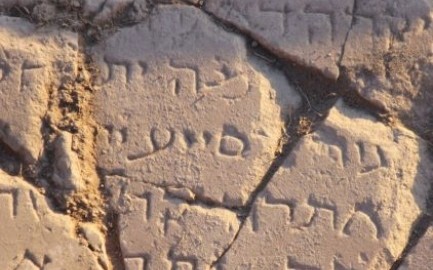
A 1,500-year-old marble slab found on the eastern shore of the Sea of Galilee Wednesday provides the first real proof of ancient Jewish settlement in the area, archaeologists say. The large slab, which bears an Aramaic inscription in Hebrew script, was dug up on the eastern shore of the Sea of Galilee on Wednesday as part of an ongoing excavation in the ancient town of Kursi.
Experts say the slab probably dates to around 500 C.E., when the Hebrew alphabet was used by Jews and some local Christian communities. This suggest that Kursi was either a Jewish community or a mixed Christian-Jewish settlement. Researchers could only discern two words: “Amen” and “Marmaria,” the latter possibly referring to Jesus’ mother, Mary.
Take the sensational claims with a grain of salt. There needs to be a much more thorough study of this inscription before jumping to conclusions. The rest of the article can be found here:
http://www.israelhayom.com/site/newsletter_article.php?id=30487
Update: From what I can see, it truly is in Galilean Aramaic. The orthography is what I’d expect to see (the plene spelling in words like סייע [“helps”] and use of ה for final a vowels like what looks like אתרה [“the synagogue” or “the place”] and יקרה ד [“the honor of”]). Unfortunately, it’s so cracked and crumbling it’s hard to make out full sentences. I’m really looking forward to seeing some better pictures. 🙂
Peace,
-Steve



